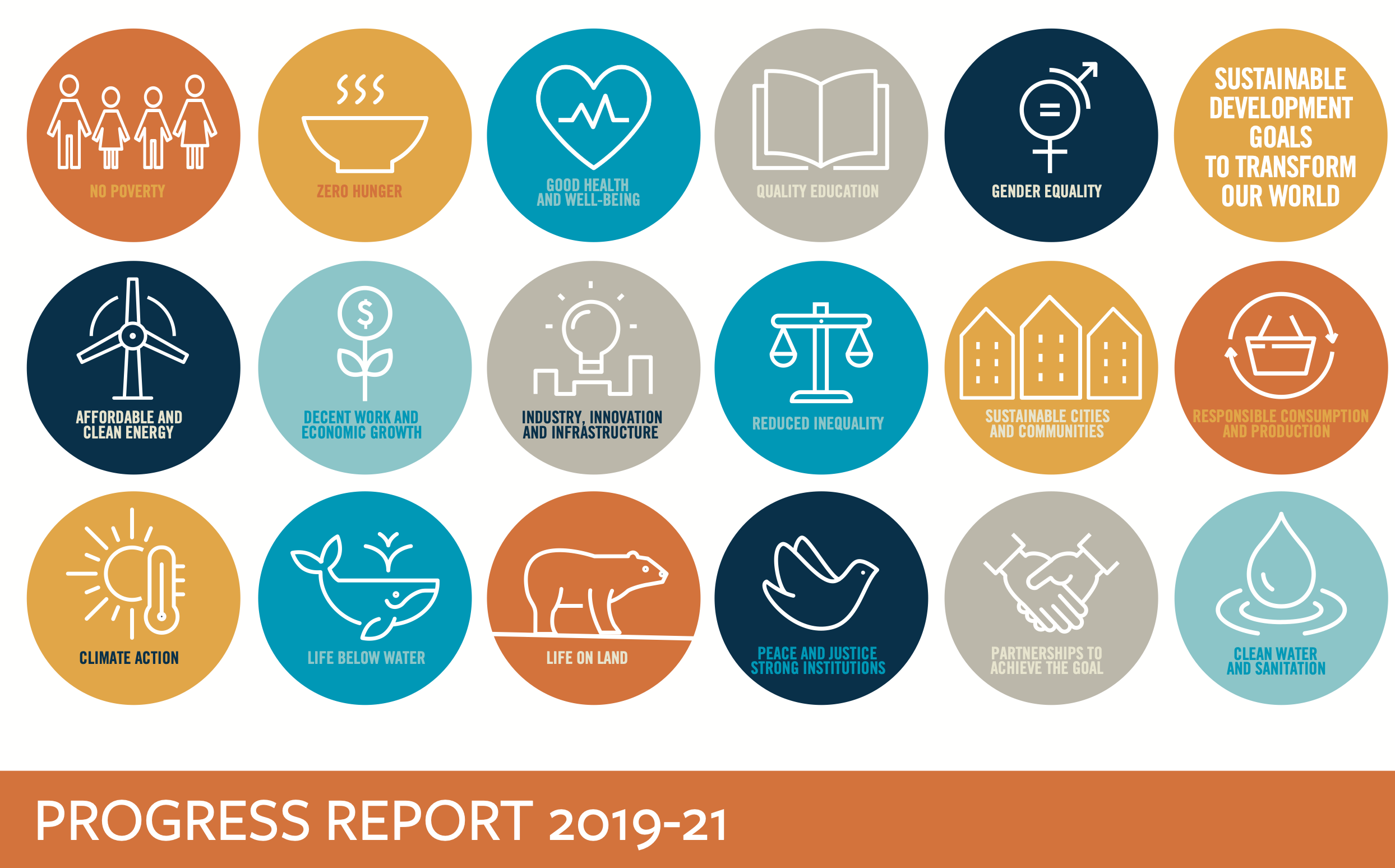(List #65) How Business Schools Format their Sustainability Reports
the language, length, scope and formatting of the average SIP report submitted to the PRME initiative over the past year

This List explores the language, length, scope and formatting of the average SIP report submitted to the PRME initiative over the past year.
I did an indepth study on all of the SIP reports* from 2021-2022 recently for the PRME Secretariat, so I thought I’d share a few interesting bits here in relation to formatting. I’m hoping that at some point I’ll be able to share the full report. If you have any questions about what was in the 2021-2022 reports, let me know and I’ll share more.
*For those following List who are not signatories to PRME, SIP stands for “Sharing Information on Progress”, and is a report that schools that are part of the UN Principles for Responsible Management Education need to submit every two years. These reports outline what the schools are doing to embed sustainability into curriculum, research, operations etc.
1. LANGUAGE
11% of the reports were submitted in languages other than English. The languages included Spanish, French, Portuguese, German, Czech and Bulgarian. I find this really interesting because it ensures that you are able to engage your audience fully. There were three approaches which I thought were particularly interesting. First, Universidad EAFIT submitted two identical reports, one in English and one in Spanish. FSA Laval has a French report with a bilingual English/French introduction. Finally, FOM University of Applied Sciences submitted a fully bilingual (German/English) report.
2. LENGTH
SIP reports are on average 40 pages long. The longest have been well over 300 pages, and a few schools have tried to create really short reports. While a short report can’t cover everything, they are effective in their own right. Murdoch University’s SIP is only 6 pages for example. A few stronger examples from this year includes Freeman College of Management (9 pages), INALDE (12 pages) and Smith School of Business (14 pages).
3. SCOPE
Most SIP reports cover the business school only (which often also includes Economics and sometimes Law). Far fewer, less than 15%, report at a university level. One example is Reykjavik University in Iceland which outlines how responsible management is embedded across engineering, business, computer science, law, sports science, psychology and continuous learning. Feliciano School of Business has a logo that is used to identify if an initiative is university wide vs business school focused.
4. FORMATTING
There is a pretty even distribution between reports that are either presented as basic word documents, have some clean formatting or are professionally formatted with extensive graphics. Generally speaking, the amount of formatting doesn’t guarantee a stronger report content wise, although schools that put more effort into the content will also often put more effort into the formatting. There are some excellent reports submitted as simple word documents (although I’d argue they aren’t as engaging to read and explore). A request/tip: make sure your report is searchable. Several aren’t and this makes it more difficult to find the information your stakeholder might be looking for.
5. COVER NOTES
A few schools start their reports with use instructions. Schulich Business School includes this note on the cover: “Paper doesn’t grow on trees, so we purposely designed this report to be read on digital platforms. Please don’t print this document.”. Queen's Management School comments on the formatting: “In a bid to reduce our environmental impact – and reflect contemporary preferences – this report has been developed to be viewed digitally. Efforts have been made to adhere to principles of accessible design throughout, including the use of good quality descriptive tags, as well as a high contrast colour palette.”
6. ACKNOLWEDGEMENT OF COUNTRY
There has been a significant increase in schools, particularly in Australia, New Zealand and now Canada, who start their report with an Acknowledgement of Country. This is between a one sentence and one page section acknowledging the traditional owners of the land the business school is located on. Schulich School of Businessfor example includes a full page (p. 3) acknowledging “its presence on the traditional territory of many Indigenous Nations”. Below is a quote taken from the 2021 SIP Report of Royal Roads University.“Royal Roads University acknowledges that the campus is located on the traditional lands of the Xwsepsum (Esquimalt) and Lkwungen (Songhees) ancestors and families who have lived here for thousands of years. This land has been part of the fabric of the life of Indigenous communities long before Hatley Castle was built, and it will be long into the future. It is with gratitude that we now learn and work here, where the past, present and future of Indigenous and non- Indigenous students, faculty and staff come together. Hay’sxw’qa si’em!”
7. LETTERS
One of the requirements of PRME is a letter from the Dean. However about 13% of reports include a letter from the sustainability coordinator as well. These are often fantastic and can give a good, honest introduction to the approach the schools are taking. I wish all schools had this. EGADE and Gustavson School of Business include letters from both the current and incoming PRME representatives. Wellington School of Business and Government uses theirs to summarize progress since the last report. Dundee School of Business and Adam Smith Business School include them at the end of the report with final reflections and an honest review of progress.
LINKS TO EXPLORE
Consenus is a search engine that uses AI to extract findings from scientific research
The language that doesn't use no
Lidl GB dropped its usual product specifications in light of historic drought
Medieval carpenters are rebuilding Notre Dame
Selfridges UK wants half of transactions to be resale, repair, rental or refills by 2030
Using the rainforest to teach responsible management
UNESCO is launching the ESD for 2030 educator network
Green Index Funds aren't aligned with Paris agreement
Turning batteries into fertilizer
